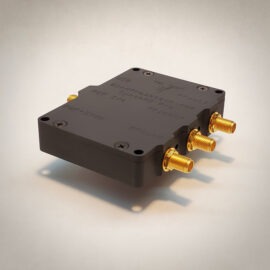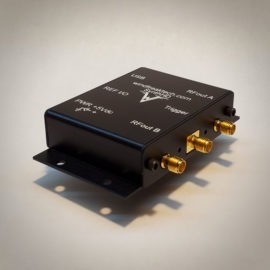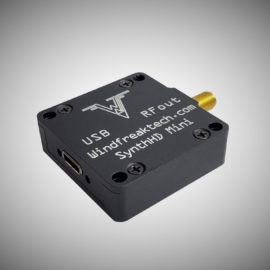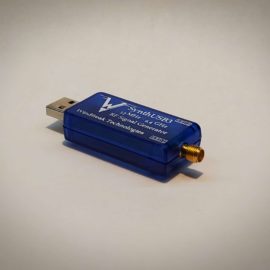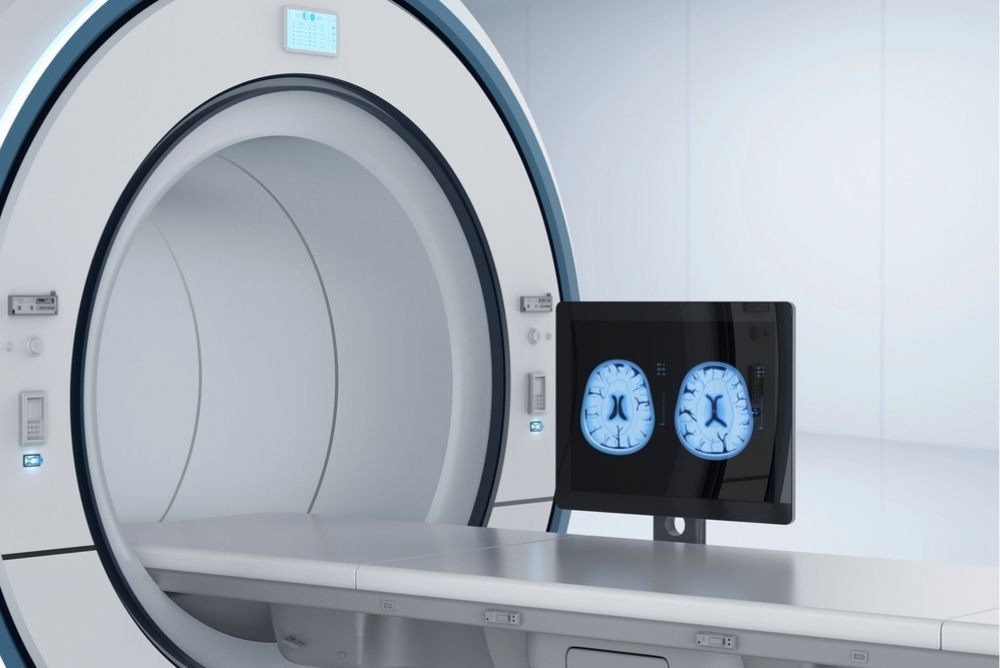
Role of RF Signal Generators in Medical Devices
Radio frequency (RF) signals have become indispensable tools in modern medicine, powering a wide range of diagnostic and therapeutic applications.
While Magnetic Resonance Imaging (MRI) remains a prominent example, the utilization of RF technology extends far beyond this single medical application. Here are some examples of where RF signal generators are used in the medical field:
Therapeutic Applications
- Surgical Procedures: RF energy plays a crucial role in various surgical procedures
- Tissue Ablation: RF energy can be used to destroy targeted tissue, such as tumors or abnormal heart tissue
- Cutting and Cauterization: RF energy can effectively cut and simultaneously cauterize tissue, minimizing blood loss and reducing the risk of infection
Physical Therapy and Aesthetics
- Diathermy: This technique uses RF energy to generate heat within tissues, promoting blood flow and reducing muscle tension.
Hyperthermia: Higher-powered RF energy can be used to heat tumors, enhancing the effectiveness of cancer treatments. - Aesthetic Procedures: RF energy is employed in various aesthetic procedures, such as skin tightening and fat reduction, by stimulating collagen production and breaking down fat cells.
- Emerging Medical Applications: Antimicrobial Applications: It has also been recently proven that RF can selectively kill certain viruses such as COVID (on non-biological surfaces) because the virus structure physically resonates around 8GHz, effectively shaking the virus to death.
Why is RF so Important to the Medical Field?
RF signal generators have become invaluable tools in the medical field, enabling a wide range of diagnostic and therapeutic procedures. From the precise imaging of MRI to the targeted destruction of diseased tissue, RF signal technology continues to revolutionize healthcare. As research and development progress, we can expect to see even more innovative applications of RF energy in the years to come.

